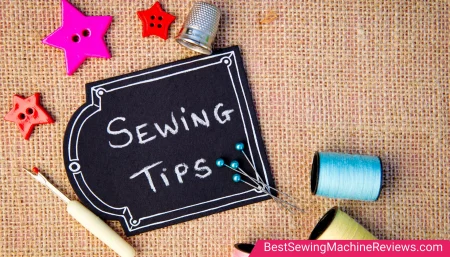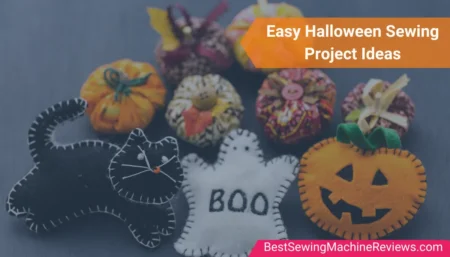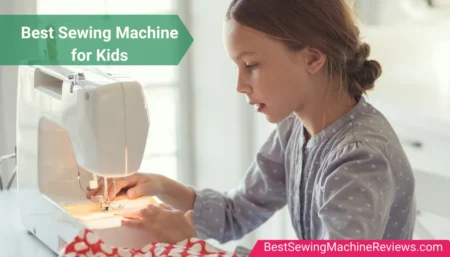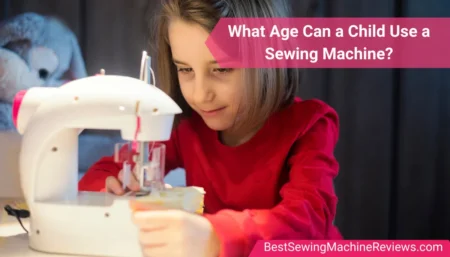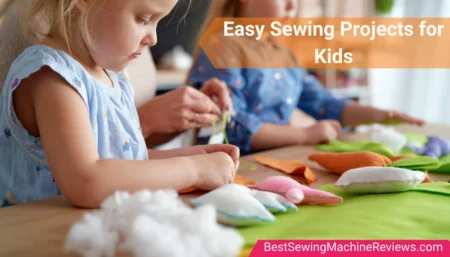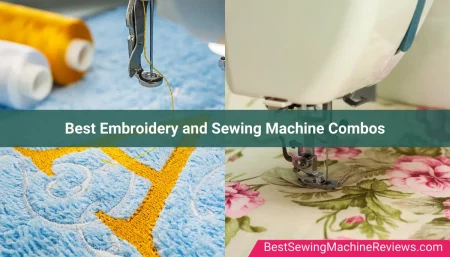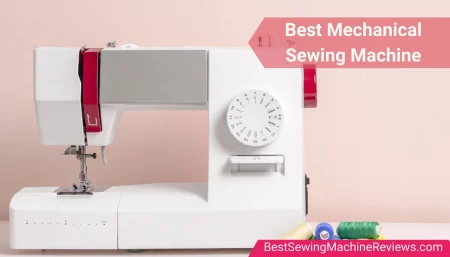Here are ten beginner tips that will make your free-motion quilting journey easier:
1. Before you start quilting, make a quilting plan
It is better to photograph your quilt tops or use quilt design software (such as Electric Quilt) to sketch them out on the computer. Before you begin quilting, draw your quilting motifs on the printed paper. It lets you “audition” designs to see how they’ll work with the pieced top. It also assists you in determining where you should travel across the quilt during stitching.
2. Use as much table space as possible for quilting
A drop-in table where your machine sits with the table bed is perfect for free motion quilting. The weight of your quilt will be pulled down by gravity, causing it to drag and create friction, which will prevent strong stitches from deforming. Dragging can be avoided by lifting the quilt off the floor and placing it on a table. If you don’t have a drop-in table, use the largest tabletop surface you have and surround yourself with movable tables to control as much mass as possible.
3. Match thread colors in both the bobbin and the top
When threading your sewing machine, pay attention to the thread you use. If your tension isn’t correct, you may see bobbin thread bumps on the top of the quilt or needle thread poking through on the backside. Use a matched thread color in both the top and bobbin of your machine to avoid this. They don’t have to be the same weight or material, but matching colors will keep all those little dots hidden!
4. Use the right tools for free motion quilting
To effectively produce magnificent quilts, you’ll need a few basic tools. Machine feet, quilting gloves, an extension table, and a slider are all necessary items.
- Sewing Machine Feet – The feet of your quilting machine will play a major role. You’ll need a walking foot as well as a free motion foot. A walking foot is useful when working with heavy fabrics, like when finishing a quilt. Even if you’re working on individual pieces of your quilt, they can assist in preventing bunching and bulking. For free-motion quilting, you’ll need a free-motion quilting foot. This foot is usually used with the feed dogs lowered to make things easier to control.
- Quilting Gloves – If you’ve never heard of quilting gloves, you’re in for a treat! Quilting gloves keep your quilt clean while also reducing hand fatigue. The best part is that you don’t have to take them off to do little activities like changing your bobbin because they’re light enough to do so without taking them off.
- Sewing Machine Slider – Newcomers to free motion quilting may not know how annoying it is when the fabric does not simply glide over the machine. A free-motion slider will provide a slippery surface over the machine bed, making it easier to move the quilt.
5. Check your thread tension
Thread tension control is an essential element of your quilting machine. Different thread weights, stitches, and other factors can all require you to adjust your tension. Tension can provide not only a strong but also a beautiful stitch. If the string is too tight, the needle will snap, and the fabric will bunch.
Make sure the tensions on your bobbin and top threads are proper. Keep track of the thread on your bobbins so you can set the tension properly every time.
6. Try to maintain a good posture
You should think about your table heights as well as the chair you use. When we’re quilting, we tend to forget that we spend a lot of time standing, leaning, and reaching. You’ll experience soreness in your wrists, elbows, shoulders, and neck after a few years of quilting. Sitting at a sewing machine can cause a slew of issues, so make sure your machine sits flush against your table. For this issue, drop-in alternatives are the best option.
7. Keep your pace
The fabric is always in motion under the needle with free-motion quilting or stitching. The needle bends slightly while pushing/pulling the fabric, just enough to prevent the machine from making a perfect stitch. Pushing or pulling too hard might result in skipped stitches, as well as strained or broken thread. Slow down and try for an equal, steady pace when passing the fabric beneath the needle to generate more even stitches and limit the possibility of skipping or broken threads.
8. Practice on scraps and small projects
It may be tempting to start off with big quilting projects as soon as you can, but first, you should practice cutting and piecing. Or else, you may ruin your first quilt.
The simplest way of learning free motion quilting for beginners is to practice on scraps lying around your closet. Make a few practice samples to get you started with two 10′′ or larger fabric scraps with batting in between. Play with different thread combinations, check tension, try out various batting types, and stitch out a few designs of your own to see how they end up.
Make a little craft, such as a potholder, table runner, or a baby quilt with different free motion quilting motifs, then give it away once you’re satisfied with your efforts. The receiver will be delighted, and your flaws will be overlooked!
9. Hide your mistakes with colorful fabric prints and mixing threads
When you choose multicolored “busy” fabric prints, the texture of your quilting will stand out more than any imperfections in your stitching. For machine quilting, use a thin cotton or polyester thread in a color that matches your quilt top. This keeps your quilt from looking “thready” and hides all kinds of faults!
10. Practice regularly
You must practice regularly to ensure that you are constantly improving. Many new quilters become disheartened when they don’t make significant progress in a short period. However, if you keep training, you’ll notice a difference.
When you’re ready to begin a large job, the more time you spend behind your machine, the more at ease you’ll feel. When you’re ready, double-check that you have all of the supplies you’ll need, including the best thread for free motion quilting.
Free Motion Quilt Tutorial – Beginners
Myths about Free Motion Quilting
When it comes to thread, technique, stitching, and quilting, a lot of gossip and misconceptions pass down from generation to generation. Some are spread on purpose for financial gain (such as mislabeling products), others by confused experts such as store salesmen and repair experts, and the majority by naive people just passing on what they have heard. The top five myths we’ve heard, along with the facts that prove them to be false, are listed below.
Myth#1: You need a fancy long arm quilting machine
Machines with a longarm quilting frame are pleasant and helpful, but they do not quilt for you. However, you will require a well-functioning machine. If you’re trying a free motion quilt and you’re having a lot of problems with thread breaking or nesting, and you’ve tried all the typical remedies (cleaning, rethreading, new needle, different thread) and still haven’t had any luck, there could be a problem with your machine.
It’s possible that the needle time is off or that there are burrs that don’t bother straight stitching but hinder free motion quilting. Experiment with quilting on someone else’s machine. If you can do so without ruining threads on theirs, Bring your machine in for service and explain your difficulties to the technician.
Myth#2: My machine repairman advised me to only use a particular brand of thread
It is not the case. Some people have been advised to exclusively use cotton thread. Others have been instructed that only polyester thread should be used. I’m sure the individual who says this has good intentions. He or she had most likely just completed cleaning a machine with a lot of lint or other issues and intended to suggest that the owner use a better thread. The advice may be, was given out of frustration or misinterpretation.
Myth#3: Using pre-wound bobbins might void my warranty
It is not the case for the same reasons as the myths listed above. Using pre-wound bobbins will not damage or nullify any warranty, according to machine manufacturers. The majority of machine manufacturers sell pre-wound bobbins with their logo on the packaging. It would be a poor economic move for machine manufacturers to sell pre-wound bobbins if they genuinely void warranties. Just remember to use the best thread for free motion quilting rather than some low-quality threads.
Myth#4: Free motion quilting takes a lot of time to learn
It takes time for the best things in life to blossom. You don’t expect to find flowers in your garden the next day after planting seeds! Working on any quilting project is the same way. How long did the quilt top take you to complete? The quilting stage is just as essential, and it demands the same level of thought and care that we put into carefully selecting our fabrics and placing them.
Myth#5: You can’t do free motion quilting because it’s too difficult or advanced for you
You can make a free motion quilt if you can handwrite or drive. Yes, it’s true! When you first learned how to write the letter A, were you able to write it in cursive? No! You practiced those A’s until you despised them, then you practiced that awful B’s. You eventually stopped braking in the middle of the curve and started breaking before the bend, right? It just takes practice to master free motion quilting. Learning free motion quilting for beginners is no big deal. Every day for a few weeks, make one coaster or mug rug with different free motion quilting motifs, and, ultimately, you will master this skill.
Conclusion
Even if you still can’t understand quilting, simply google YouTube free motion quilting, and tons of videos will be there to help you. You can also join a free motion quilting academy. The free motion quilting academy will help you a lot as you will get to learn from the best and most experienced.



